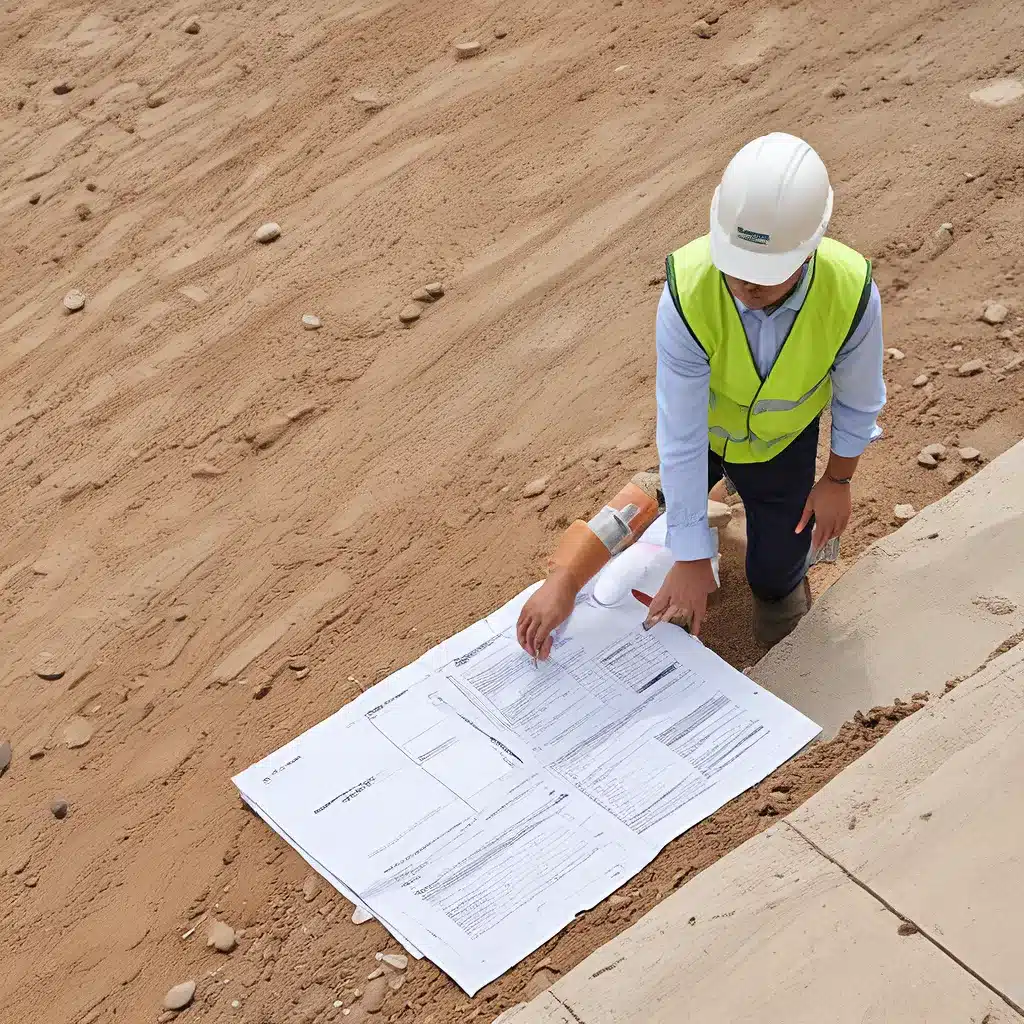
The Urgency of Addressing Climate Change through Sustainable Building Practices
In a world grappling with the ever-increasing threat of climate change, the importance of sustainable building practices has never been more crucial. As the construction industry continues to be a significant contributor to global greenhouse gas emissions, the responsibility falls upon us – the architects, developers, and homeowners – to spearhead the green revolution and pave the way for a more sustainable future.
Imagine a world where our homes not only provide us with comfort and shelter but also actively work to reduce our carbon footprint and protect the planet we call home. This vision is no longer a distant dream, but a tangible reality that is taking shape through the innovative efforts of individuals and organizations who are dedicated to designing and constructing energy-efficient, eco-friendly homes.
Uncovering the Environmental Impact of Traditional Building Practices
To truly appreciate the significance of sustainable building practices, we must first acknowledge the environmental impact of traditional construction methods. From the extraction and processing of raw materials to the energy-intensive operations required to build and operate a home, the construction industry has long been a significant contributor to global greenhouse gas emissions.
According to recent studies, the built environment accounts for nearly 40% of the world’s total energy consumption and 36% of global carbon dioxide emissions. These staggering figures highlight the urgent need for a fundamental shift in the way we approach the design, construction, and operation of our homes and buildings.
Embracing the Power of Sustainable Building Practices
The good news is that a green revolution is underway, and architects, developers, and homeowners are leading the charge. By embracing sustainable building practices, we can dramatically reduce the environmental impact of our homes and create a more livable, energy-efficient future.
One of the key pillars of sustainable building is the concept of embodied carbon – the greenhouse gas emissions associated with the manufacturing, transportation, and installation of building materials. By carefully selecting low-carbon materials, such as sustainably sourced wood, recycled steel, and innovative insulation solutions, we can significantly reduce the embodied carbon of our homes.
Energy-efficient design strategies, such as passive solar orientation, high-performance windows, and advanced HVAC systems, can also play a crucial role in minimizing the operational carbon of a home – the emissions generated from the energy required to power and maintain the building throughout its lifetime.
Inspiring Examples of Sustainable Homes and Communities
As we strive to create a more sustainable future, we can draw inspiration from the innovative projects and communities that are leading the way. From cutting-edge eco-villages to net-zero energy homes, these shining examples showcase the possibilities of sustainable building design.
One such project is the Freiburg Vauban neighborhood in Germany, a sustainable urban development that prioritizes renewable energy, green spaces, and car-free living. By incorporating passive solar design, energy-efficient appliances, and community-scale renewable energy systems, the Vauban neighborhood has become a model for sustainable urban planning.
Closer to home, the Reading General Contractor has been at the forefront of the sustainable building movement, helping homeowners and developers transform their properties into energy-efficient havens. Through the use of cutting-edge technologies, such as solar panels, geothermal heating and cooling, and advanced insulation, they have been able to create homes that not only reduce energy consumption but also generate their own renewable energy.
Practical Tips for Homeowners, Architects, and Developers
As we strive to create a more sustainable future, it’s crucial that we empower homeowners, architects, and developers with the knowledge and resources they need to make informed decisions. By considering the following practical tips, we can all play a role in shaping a greener, more energy-efficient built environment.
For homeowners, it’s essential to prioritize energy-efficient upgrades, such as replacing outdated appliances, improving insulation, and exploring the benefits of solar power. These simple steps can have a significant impact on reducing a home’s carbon footprint and lowering energy costs in the long run.
Architects and developers, on the other hand, have a unique opportunity to incorporate sustainable design principles from the ground up. This includes optimizing building orientation, selecting low-embodied-carbon materials, and integrating renewable energy systems into the overall design. By taking a holistic approach to sustainable building, they can create homes and communities that inspire and empower others to follow suit.
The Future of Sustainable Home Construction: Innovations and Trends
As we look to the future, the possibilities for sustainable home construction are truly exciting. Innovative technologies and cutting-edge design approaches are transforming the way we think about energy-efficient living, paving the way for a more sustainable and resilient built environment.
One emerging trend is the rise of net-zero energy homes, which are designed to generate as much renewable energy as they consume, effectively eliminating their carbon footprint. These homes leverage advanced solar technology, high-performance insulation, and smart home automation to optimize energy use and minimize environmental impact.
Another exciting development is the integration of biophilic design, which seeks to reconnect people with the natural world by incorporating natural elements, such as greenery, natural light, and natural materials, into the built environment. This approach not only enhances the overall well-being of occupants but also contributes to the overall sustainability of a home or building.
Empowering the Green Revolution: A Call to Action
As we navigate the challenges of climate change, the responsibility to create a more sustainable future falls upon all of us. By embracing innovative sustainable building practices and empowering homeowners, architects, and developers to make eco-friendly choices, we can collectively drive the green revolution and leave a lasting, positive impact on our planet.
The time for action is now. Let’s work together to design and construct homes that not only provide comfort and shelter but also serve as beacons of sustainability, inspiring others to join us in our mission to create a greener, more resilient future. Together, we can build a world that is better for ourselves, our communities, and the generations to come.
Related posts:
No related posts.




